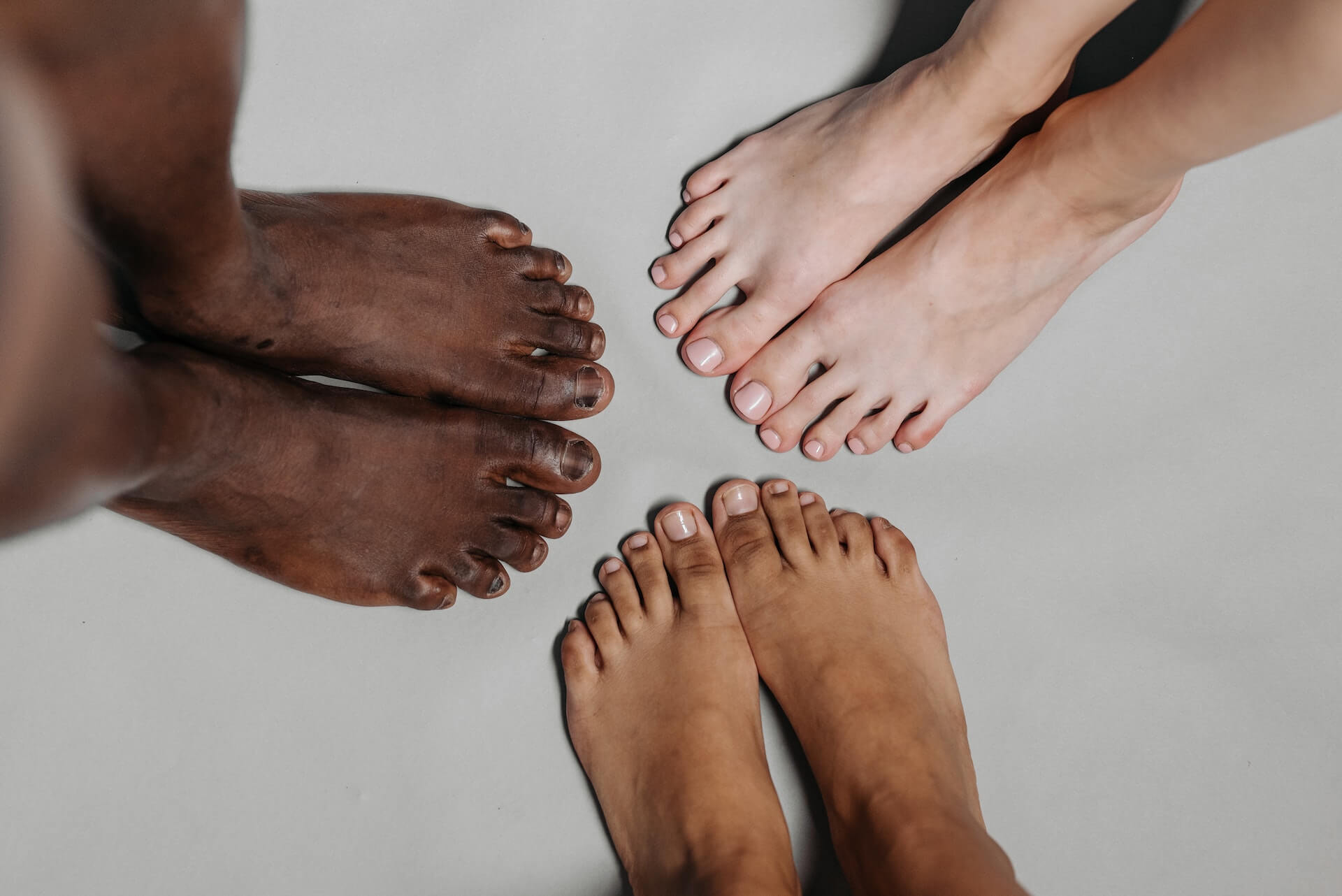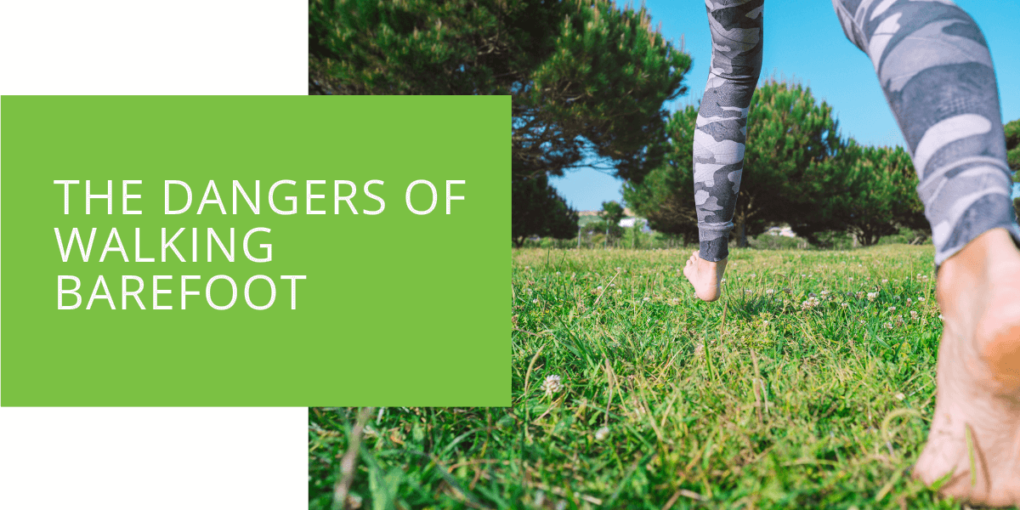The Dangers of Walking Barefoot
Walking barefoot is a common practice that many people enjoy for various reasons. Whether feeling the grass beneath your feet or the freedom of movement, going barefoot can be enticing. However, it's important to understand that walking around without shoes can pose several health risks to your foot and ankle. In this article, we'll explore the potential dangers of walking barefoot and provide tips on how to keep your feet safe and healthy.
Key Takeaways
- Walking barefoot exposes your feet to various risks, including plantar warts, fungal infections, cuts, and strains, highlighting the importance of protecting your feet.
- Lack of proper foot mechanics and support when walking barefoot can lead to gait abnormalities and overuse injuries, emphasizing the need for appropriate footwear and strengthening exercises.
- Practicing good foot hygiene, wearing supportive shoes, and seeking regular podiatrist check-ups are essential preventive measures to maintain optimal foot health and prevent complications associated with walking barefoot.
Why Do People Walk Barefoot?
Freedom of Movement
Walking barefoot allows for a greater range of motion in the feet and toes. Without the constraints of shoes, the muscles and tendons in the feet can move more freely, contributing to a sense of liberation and flexibility.
Sensory Experience
Going barefoot provides a direct connection between the soles of your feet and the ground, allowing you to experience different textures and temperatures. This sensory input can be enjoyable and grounding for some individuals.
Cultural Practices
In many cultures around the world, walking barefoot is a common practice. It may be tied to traditions, religious beliefs, or simply the climate and terrain of a particular region. Going barefoot is a natural and normal part of daily life for these individuals.
Potential Foot Injuries from Walking Barefoot
Plantar Warts
Plantar warts are caused by the human papillomavirus (HPV) and can develop on the soles of the feet. Walking barefoot in public places such as locker rooms, swimming pools, and communal showers increases the risk of contracting the virus. Once infected, plantar warts can be painful and difficult to treat.
Fungal Infections
Fungal infections, such as athlete's foot, thrive in warm, moist environments like sweaty shoes or communal areas where people walk barefoot. Without footwear protection, your feet are more susceptible to fungal growth, leading to itching, redness, and discomfort.
Cuts and Abrasions
Walking barefoot exposes your feet to sharp objects, rough surfaces, and debris on the ground. This increases the risk of cuts, scrapes, and puncture wounds, which can become infected if not properly cleaned and treated.
Sprains and Strains
The lack of support from shoes can make your feet more vulnerable to sprains and strains, especially if you have an underlying foot or ankle condition. Uneven terrain, unexpected obstacles, and sudden movements can lead to twisted ankles or overextended ligaments.
Calluses and Corns
Repeated friction and pressure from walking barefoot can cause thickened areas of skin known as calluses and corns to develop on the soles of your feet. While these may not be painful initially, they can become uncomfortable or even painful over time if left untreated.

Impact on Foot Mechanics
Lack of Arch Support
Shoes with proper arch support help distribute your body weight evenly across your feet, reducing strain on the arches and preventing overpronation or supination. When you walk barefoot, especially on hard surfaces, your arches may collapse or overextend, leading to foot fatigue and discomfort.
Altered Gait Patterns
Your gait, or how you walk, can be influenced by various factors, including footwear, muscle strength, and joint mobility. Walking barefoot may alter your gait pattern as your feet adapt to different surfaces and textures. This can affect your overall biomechanics and increase the risk of developing foot and ankle problems.
Overuse Injuries
Without the cushioning and support provided by shoes, your feet may experience increased stress and strain during physical activities like running or jumping. This can lead to overuse injuries such as stress fractures, tendonitis, and plantar fasciitis, especially if you suddenly increase your activity level or change your exercise routine.
Preventive Measures to Protect Your Feet
Wear Appropriate Footwear
Choose shoes that fit well and adequately support your feet and ankles. Look for styles with cushioned insoles, arch support, and a firm heel counter to help maintain proper foot alignment and reduce the risk of injury.
Maintain Hygiene Practices
Keep your feet clean and dry to prevent fungal infections and other skin conditions. Wash your feet daily with soap and water, dry them thoroughly, and change your socks and shoes regularly, especially after exercising or in a humid environment.
Strengthening Exercises
Incorporate exercises to strengthen the muscles in your feet and ankles, such as toe curls, calf raises, and ankle circles. These exercises can improve stability, balance, and proprioception, reducing the risk of falls and injuries while walking barefoot.
Regular Podiatrist Check-ups
Schedule regular appointments with a podiatrist to monitor your foot health and address any concerns or issues you may have. A podiatrist can provide personalized recommendations, treatments, and preventive strategies to keep your feet in top condition.
Conclusion
While walking barefoot can be a pleasurable experience, it's essential to be aware of the potential risks and take steps to protect your feet and ankles. Going barefoot can leave your feet vulnerable to harm, from plantar warts and fungal infections to foot injuries and altered foot mechanics. At ePodiatrists, we're committed to helping you maintain healthy feet and ankles for life. Schedule an appointment today to ensure your feet stay happy and healthy.
Remember, a little caution and care can go a long way in preserving the health and function of your feet, allowing you to continue enjoying the freedom of walking barefoot safely and comfortably.

